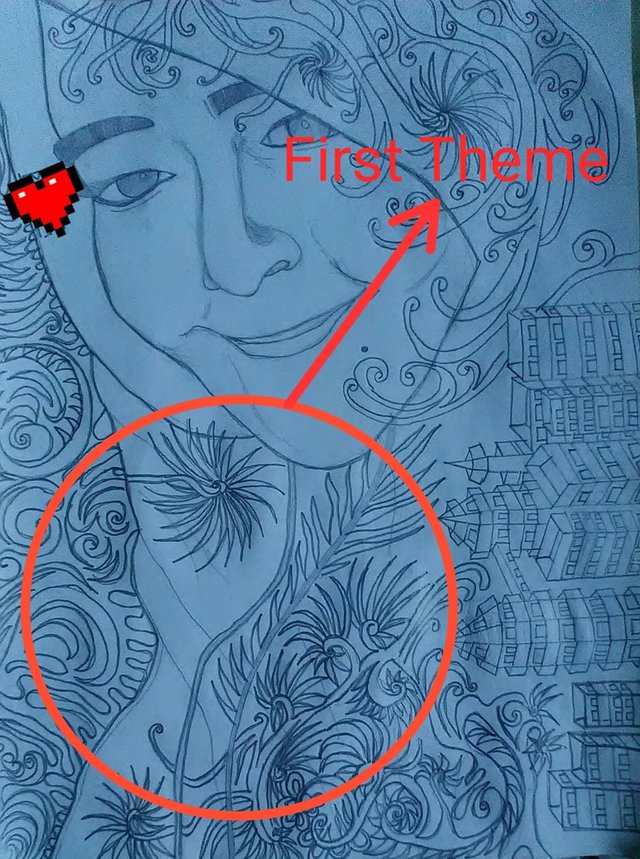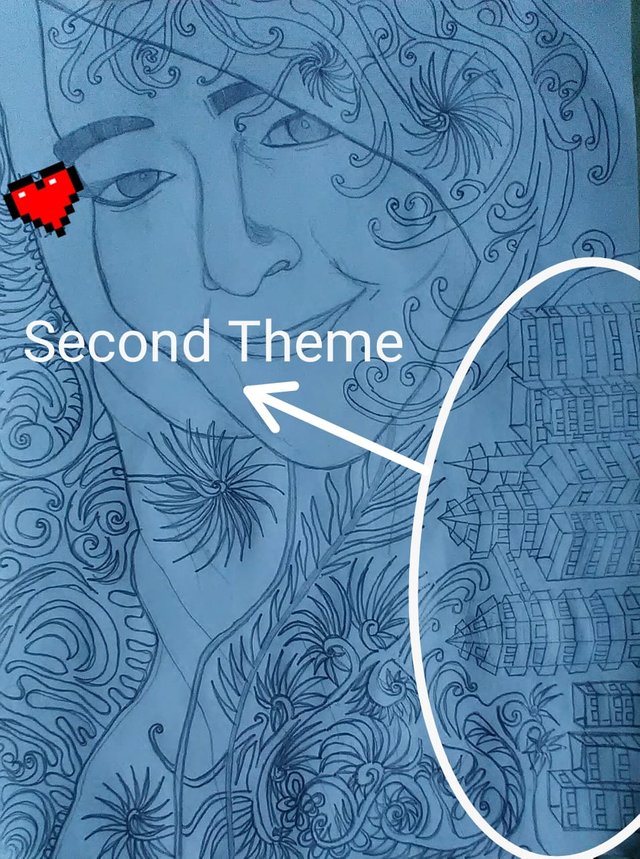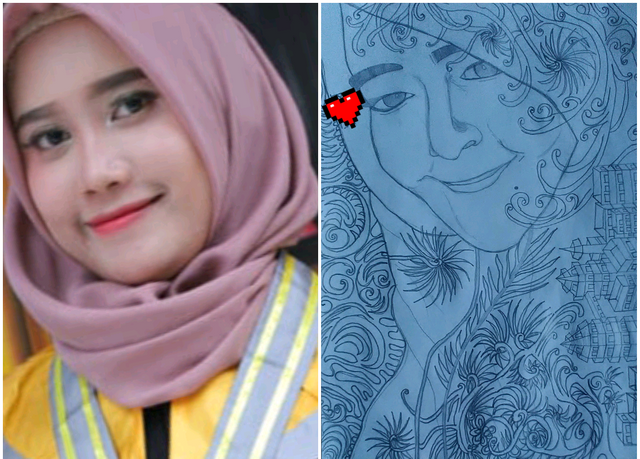Persamaan Bahasa Arab
dengan Bahasa Indonesia
Banyak dari kosakata bahasa Indonesia yang merupakan hasil
serapan dari bahasa asing. Kosakata bahasa asing yang diserap tersebut sungguh
sangat beragam, dimulai dari bahasa Arab, bahasa India, bahasa Inggris, dan
lain sebagainya. Pada pembahasan kali ini, kita akan membahas lebih khususnya
pada keterkaitan antara kosa kata bahasa Indonesia dengan bahasa Arab. Dengan kata
lain, kosa kata bahasa Arab yang diserap ke dalam bahasa Indonesia.
Dengan
mengetahui kumpulan kumpulan kosa kata yang diserap tersebut sangat
memungkinkan untuk mempermudah para pembelajar pemula yang ingin menguasai
bahasa asing tersebut. Baik itu mempermudah bagi orang Indonesia itu sendiri
dalam mempleajari bahasa Arab maupun orang Arab sendiri yang berniat untuk
mempelajari bahasa Indonesia. Is it very easy ?, is’nt it?. Sangat mudah bukan?
Hehehe. Berikut ini disajikan mengenai kumpulan kosa kata bahasa Arab yang
diserap oleh bahasa Indonesia.
Nah ini merupakan beberapa contoh kata serapan bahasa Arab tersebut sangat mirip kan dengan bahasa Indonesia?. oke kita lihat.



Untuk lebih lengkapnya saudara sekalian bisa melihat video secara full nya di Channel Youtube, yaitu Karakteristik Muslim. Dalam video yang ada pada channel youtube tersebut dijelaskan secara rinci mengenai Persamaan Bahasa Arab dengan bahasa Indonesia, klik link di bawah ini:
https://youtu.be/ZoJO29__bjk




Demikian kosa kata serapan yang disajikan dalam blogspot ini, semoga bisa bermanfaat, assalamu'alaykum wr.wb.










